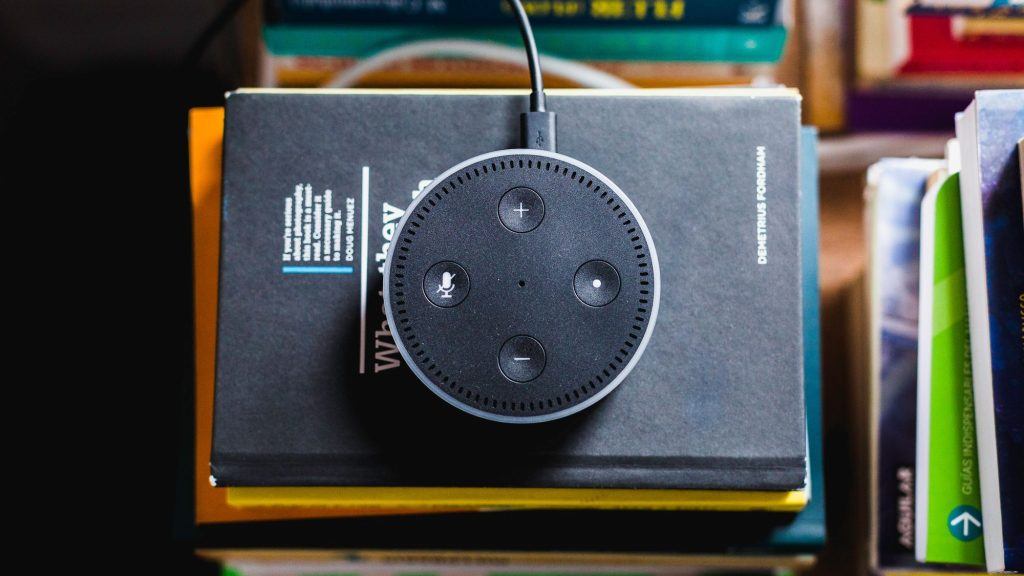
Natural language processing (NLP) describes the interaction between human language and computers.More specifically, natural language processing is the computer understanding, analysis, manipulation, and/or generation of natural language. It’s a component of text mining that performs a special kind of linguistic analysis that essentially help a machine “read” text. NLP uses a variety of methodologies to decipher the ambiguities in human language, including the following: automatic summarization, part-of-speech tagging, disambiguation, entity extraction and relations extraction, as well as disambiguation and natural language understanding and recognition.
It’s a technology that has made rapid strides and many people use it even without noticing it explicitly. Today, NLP software is a “shadow” process running in the background of many common applications such as the personal assistant features in smartphones, translation software etc. Here are more details on where NLP is at work in our daily lives:
Smart assistants
Smart assistants like Apple’s Siri and Amazon’s Alexa recognize patterns in speech thanks to voice recognition, then infer meaning and provide a useful response. We’ve become used to the fact that we can say “Hey Siri,” ask a question, and she understands what we said and responds with relevant answers based on context. And we’re getting used to seeing Siri or Alexa pop up throughout our home and daily life as we have conversations with them through items like the thermostat, light switches, car, and more. Our interactions will grow more personal as these assistants get to know more about us.

Email filters
Email filters are one of the most basic and initial applications of NLP. It started out with spam filters, uncovering certain words or phrases that signal a spam message. But filtering has upgraded, just like early adaptations of NLP.
One of the more prevalent, newer applications of NLP is found in Gmail’s email classification. The system recognizes if emails belong in one of the categories (such as primary, social, promotions etc.) based on their contents and file it under appropriate category. For all Gmail users, this keeps their inbox to a manageable size with important, relevant emails organized in different categories so as to review and respond to them quickly.

Search results
Search engines use NLP to surface relevant results based on similar search behaviors or user intent so the average person finds what they need without being a search-term wizard.
For example, Google not only predicts what popular searches may apply to your query as you start typing, but it looks at the whole picture and recognizes what you’re trying to say rather than the exact search words. Someone could put a flight number in Google and get the flight status, type a ticker symbol and receive stock information, or a calculator might come up when inputting a math equation. These are some variations you may see when completing a search as NLP in search associates the ambiguous query to a relative entity and provides useful results.
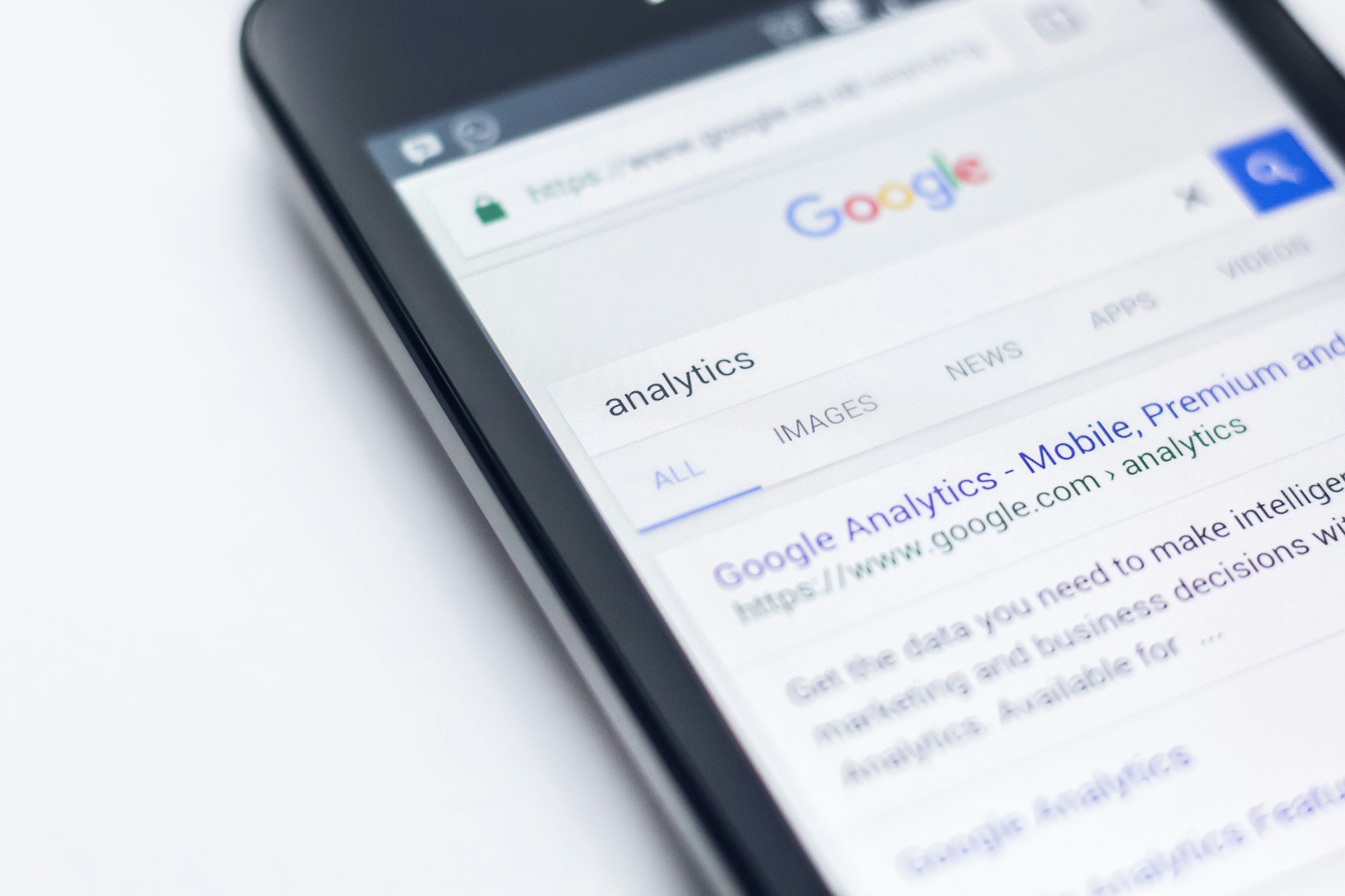
Predictive text
Things like autocorrect, autocomplete, and predictive text are so commonplace on our smartphones that we take them for granted. Autocomplete and predictive text are similar to search engines in that they predict things to say based on what you type, finishing the word or suggesting a relevant one. And autocorrect will sometimes even change words so that the overall message makes more sense.
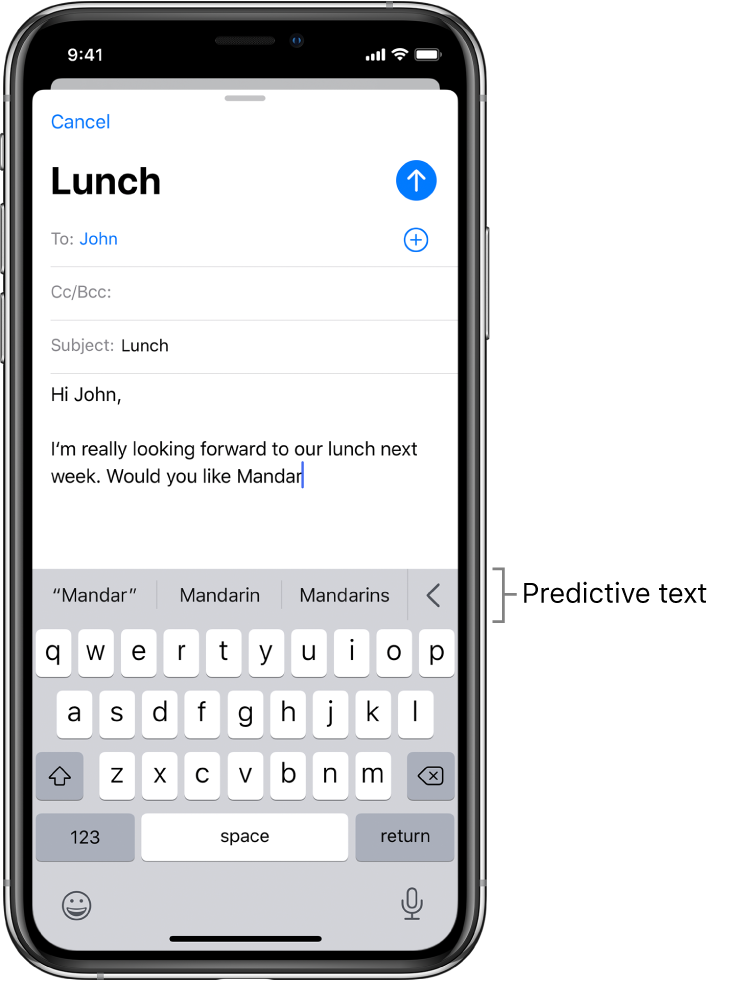
Language translation
The language translation has come a long way. With NLP, online translators can translate languages more accurately and present grammatically-correct results. This is infinitely helpful when trying to communicate with someone in another language. Not only that, but when translating from another language to your own, tools now recognize the language based on inputted text and translate it.
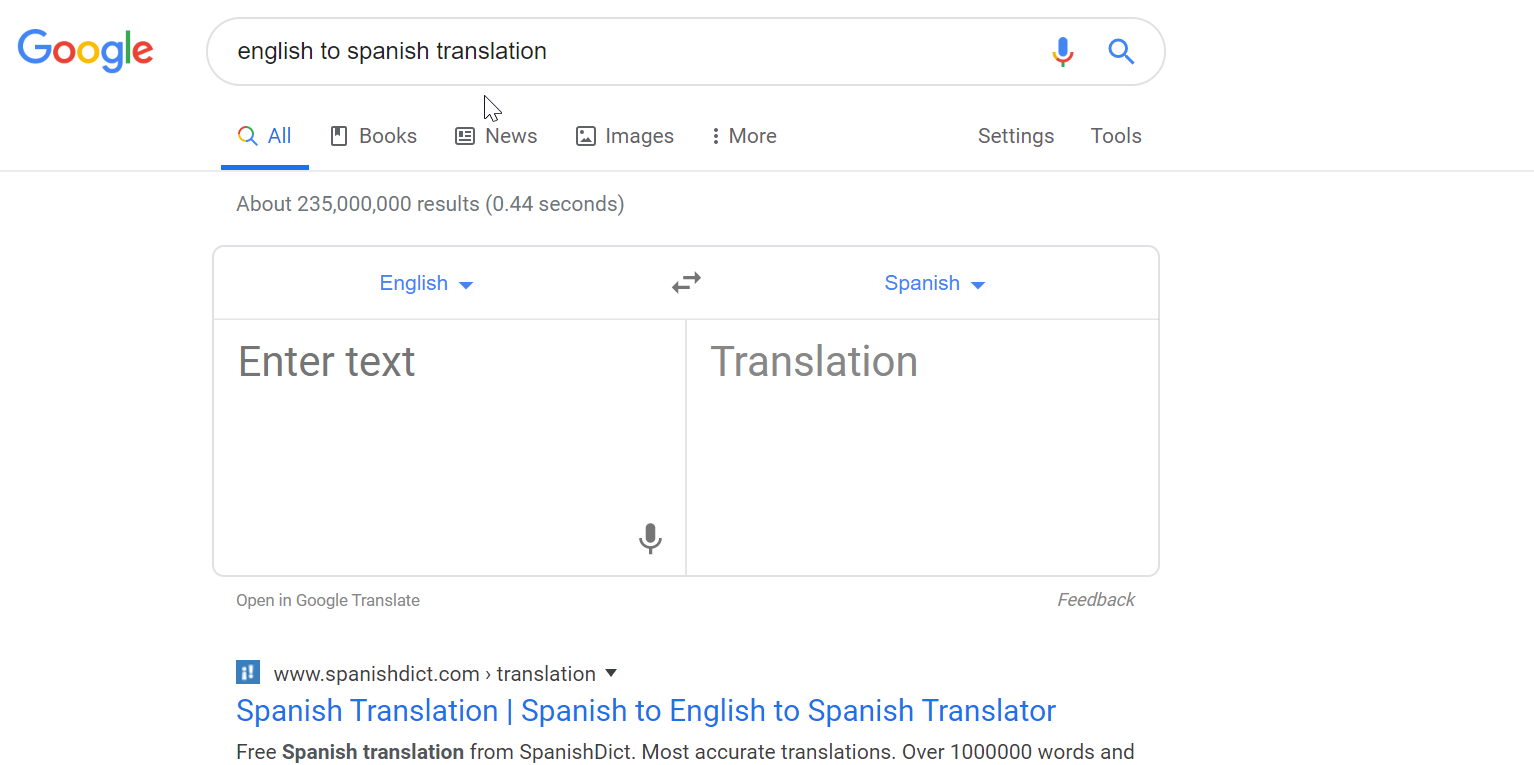
Chatbots/Digital phone calls
We all hear “this call may be recorded for training purposes,” but rarely do we wonder what that entails. Turns out, these recordings may be used for training purposes, if a customer is aggrieved, but most of the time, they go into the database for an NLP system to learn from and improve in the future. Automated systems direct customer calls to a service representative or online chatbots, which respond to customer requests with helpful information. This is an NLP practice that many companies, including large telecommunications providers have put to use.
NLP also enables computer-generated language close to the voice of a human. Phone calls to schedule appointments like an oil change or haircut can be automated.
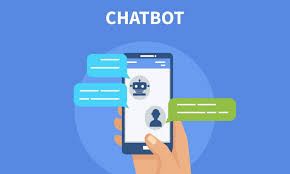
Text analytics
Text analytics converts unstructured text data into meaningful data for analysis using different linguistic, statistical, and machine learning techniques.
While sentiment analysis sounds daunting to brands–especially if they have a large customer base–a tool using NLP will typically scour customer interactions, such as social media comments or reviews, or even brand name mentions to see what’s being said. Analysis of these interactions can help brands determine how well a marketing campaign is doing or monitor trending customer issues before they decide how to respond or enhance service for a better customer experience. Additional ways that NLP helps with text analytics are keyword extraction and finding structure or patterns in unstructured text data.

Data analysis
Natural language capabilities are being integrated into data analysis workflows as more BI (Business Intelligence) vendors offer a natural language interface to data visualizations. One example is smarter visual encodings, offering up the best visualization for the right task based on the semantics of the data. This opens up more opportunities for people to explore their data using natural language statements or question fragments made up of several keywords that can be interpreted and assigned a meaning.
Applying language to investigate data not only enhances the level of accessibility, but lowers the barrier to analytics across organizations, beyond the expected community of analysts and software developers.

Conclusion
There are vast applications of NLP in the digital world and this list will grow as businesses and industries embrace and see its value. While a human touch is important for more intricate communications issues, NLP will improve our lives by managing and automating smaller tasks first and then complex ones with technology innovation.
Further Reading
1. Wikipedia Pages on NLP and BI
2. Getting Started with NLP and Python
3. Accidental AI: 5 Everyday AI Problems